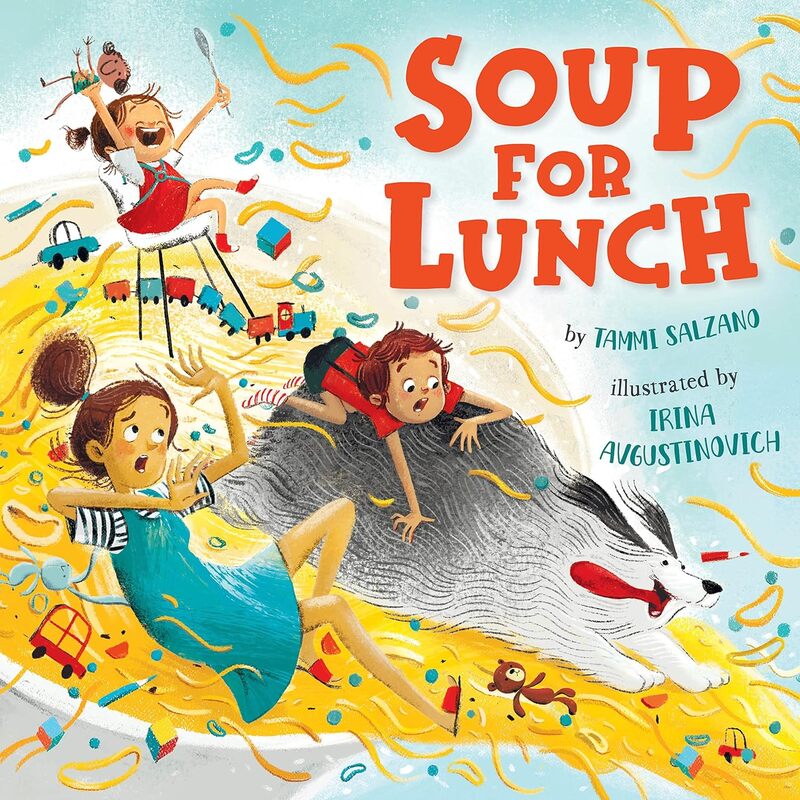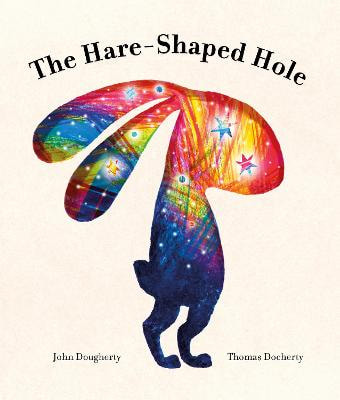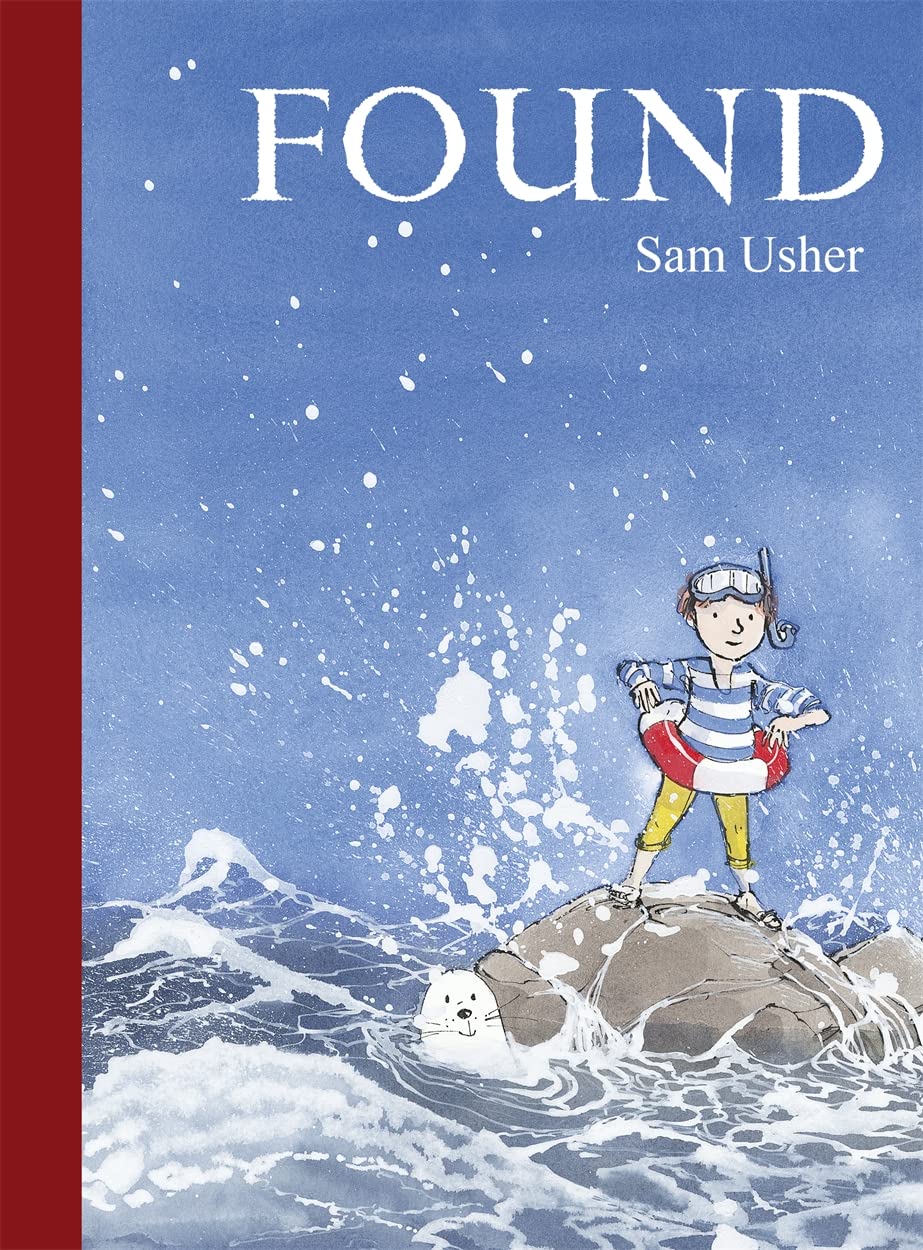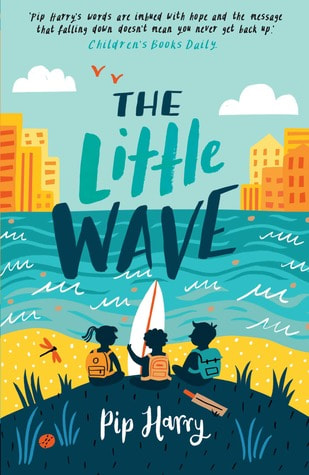|
Who doesn't love a big Blue Bagoo? Well, the villagers for starters. This engaging, rhyming story will keep readers turning the pages to unravel the mystery of the Blue Bagoo. A story with an important message by the immensely talented @karl_newson and gorgeously illustrated by @andrea_stegmaier
This is such a delightful book by Dinalie Daberera. The title oozes irony as the use of onomatopoeia demonstrates that the time with seeya is anything but quiet. The language difference between the young girl and her grandfather is certainly no barrier to their treasured time together, filled with shared experiences, loads of fun and brimming with love. Dabarera's gentle illustrations enhance the sense of togetherness, and the endpapers are a lovely touch.
The author-illustrator has some fascinating 'back matter' - a photo accompanying her inspiration for the book, namely her Sinhalese grandmother who migrated to Australia and the subsequent challenges that followed. Daberera speaks here with the same affection that is carried through the story. This book would be a terrific addition to any school library or preschool collection, and will be enjoyed by families regardless of their backgrounds. Social and emotional learning
I have always been a huge fan of Sue Whiting. I first saw her in action in 2010, when she presented sessions at a school Literary Festival. Students and staff were mesmerised! From memory, she called students to the front, recreating a ‘true-life’ adventure about Antarctica, complete with beanies and props, and lured everyone in with simply sublime storytelling. The punchline? “It was all a lie.” The young audience was gobsmacked. How could a story, with so much intrigue and detail, not be true?
This is how Sue Whiting works. Her stories lure readers in, involving them from the first page. In The Book of Chance, the opening sentence is a beauty – “I’m starting this story at the end.” What follows is an intriguing, thought-provoking and page-turning mystery. I devoured it in one sitting. Chance Callahan’s life is turned upside down when a reality TV show begins filming, and secrets and lies are exposed. Chance reluctantly has to face the reality that life isn’t black and white, and that deception, regardless of intention, can have significant consequences. Sue Whiting respects her young audience, and raises issues about social media, family and identity, the meaning of ‘truth’ and the plight of refugees without a hint of condescension. Complex characters and ethical dilemmas combine with plot twists and tension to create a story that will stay with the reader for a long time. The Book of Chance would be a wonderful book to explore with Stage Three and Stage Four students. Some ideas are below: Social and emotional learning
Magnolia Moon makes me wish I was 9 again simply because I’d love to call her my best friend. She is a delightful, quirky character with a unique outlook on life. Curiosity, wonder and a blissful imagination inform her world view, and she is a loyal and caring friend.
Edwina Wyatt has written some beautiful picture books (Together Always is a particular treasure), and this is her first foray into junior fiction. Hopefully it won’t be her last. The secrets of Magnolia Moon evokes a nostalgic, whimsical mood, achieved by Wyatt’s lyrical and playful writing style. The language itself is beautiful – imagery and metaphors abound, but it is the structure which gives it an ‘old-world’ feel. The overall narrative arc is the simple 12 month snapshot of Magnolia’s life, rather than a typical arc of rising tension throughout. Instead, Magnolia’s story is told in a series of vignettes, each focusing on a key event in her life, and each involving a secret of some kind. In this regard, it resembles a short story collection, with the 12 month thread neatly tying them all together. The secrets of Magnolia Moon is a perfect choice for a class read-aloud – perfect in terms of length, humour, ethical dilemmas, whimsy, particular interests… there’s something for everyone. However, for classes wishing to explore it in more detail, there is still plenty to unpack. Social and emotional learning:
Picture books and verse novels – both look easy until you try to write them. It’s true what they say – every word counts. As someone who has been labelled ‘Ms Verbosity’ in the past, I am in awe of writers like Pip Harry with the gift of distilling the very essence of individual characters with the brevity of astute observations.
The Little Wave introduces us to three distinct characters – Noah, Lottie and Jack. Harry’s lyrical writing ensures we empathise with each of their challenges, and celebrate their victories. Familiar themes in children’s books, such as bullying and social quirkiness are treated with depth and a range of perspectives. However, Harry moves beyond these themes, not shying away from bigger issues including hoarding and neglect which are captured authentically through the young characters’ eyes. This book is empowering without being didactic, and provides hope without being condescending. In short, this is an absolute gem of a book. As with other books on this year’s CBCA shortlist, there is so much potential for a rich and engaging novel study, for both advanced readers and those who find reading challenging. Some ideas are below:
|
Categories
All
If browsing, remember to click the arrow at the bottom of the page for more content.
|










 RSS Feed
RSS Feed
